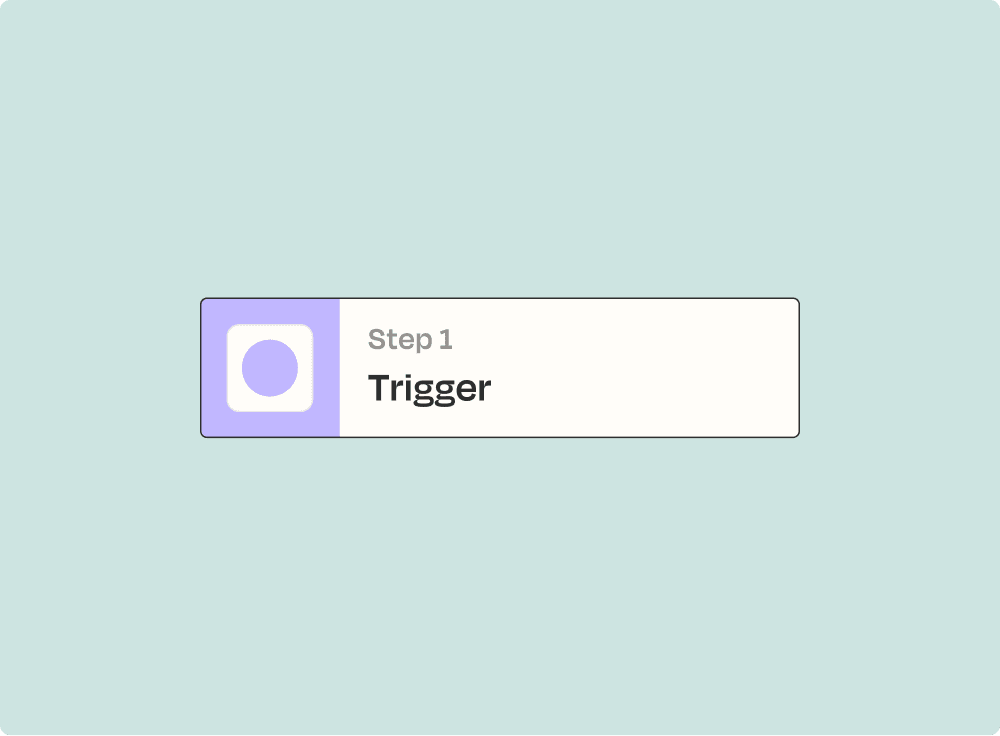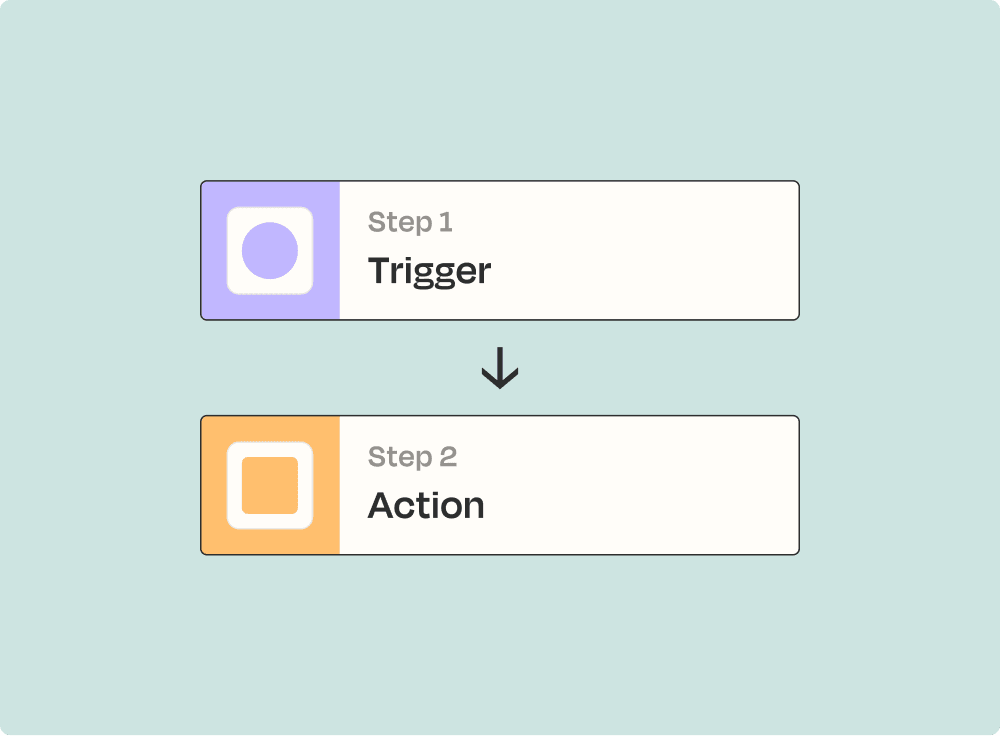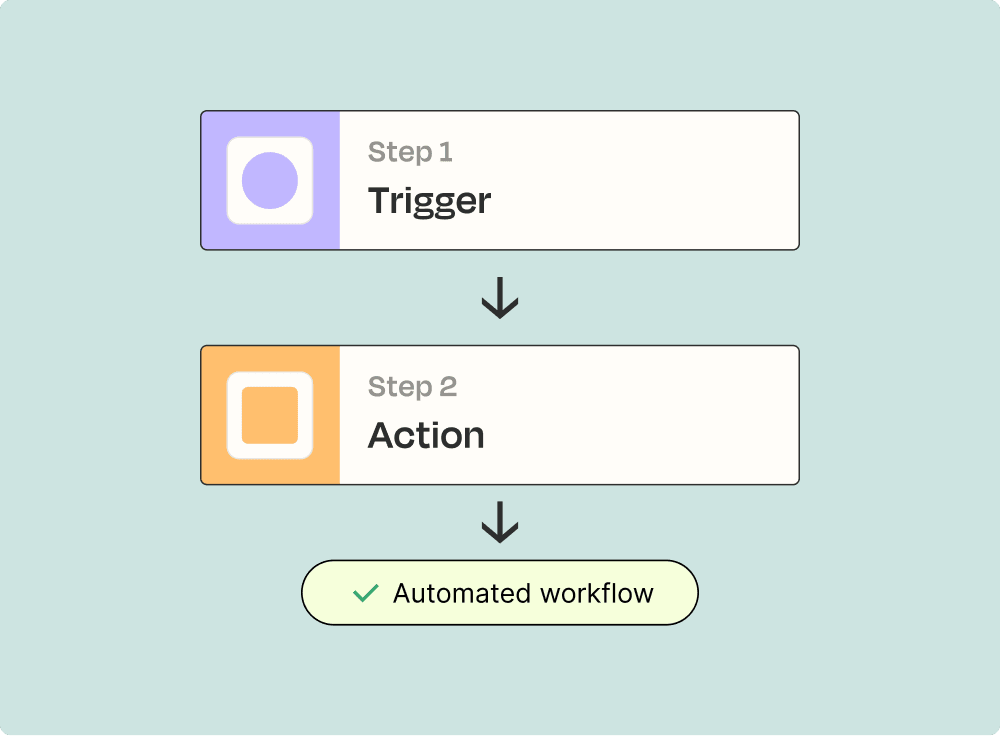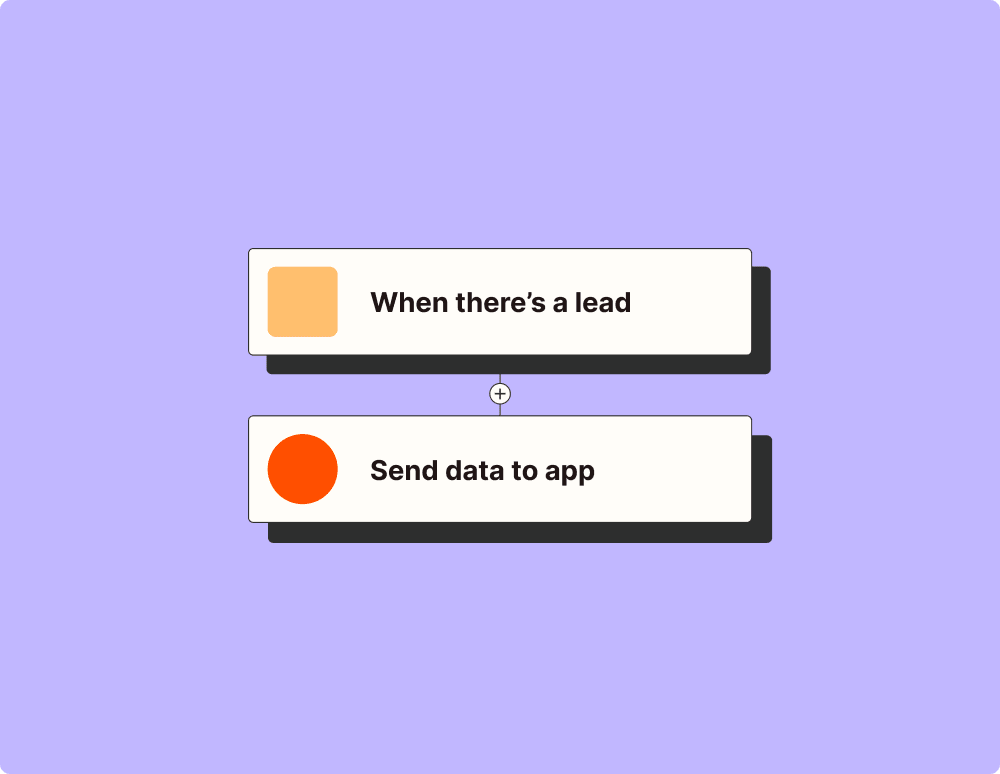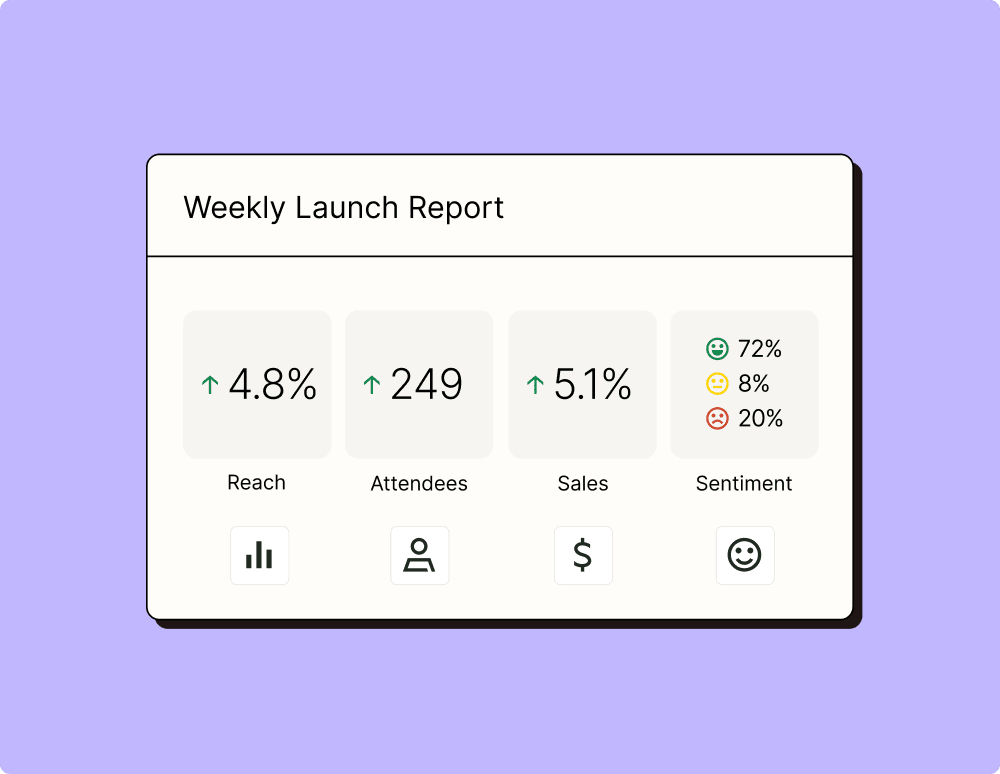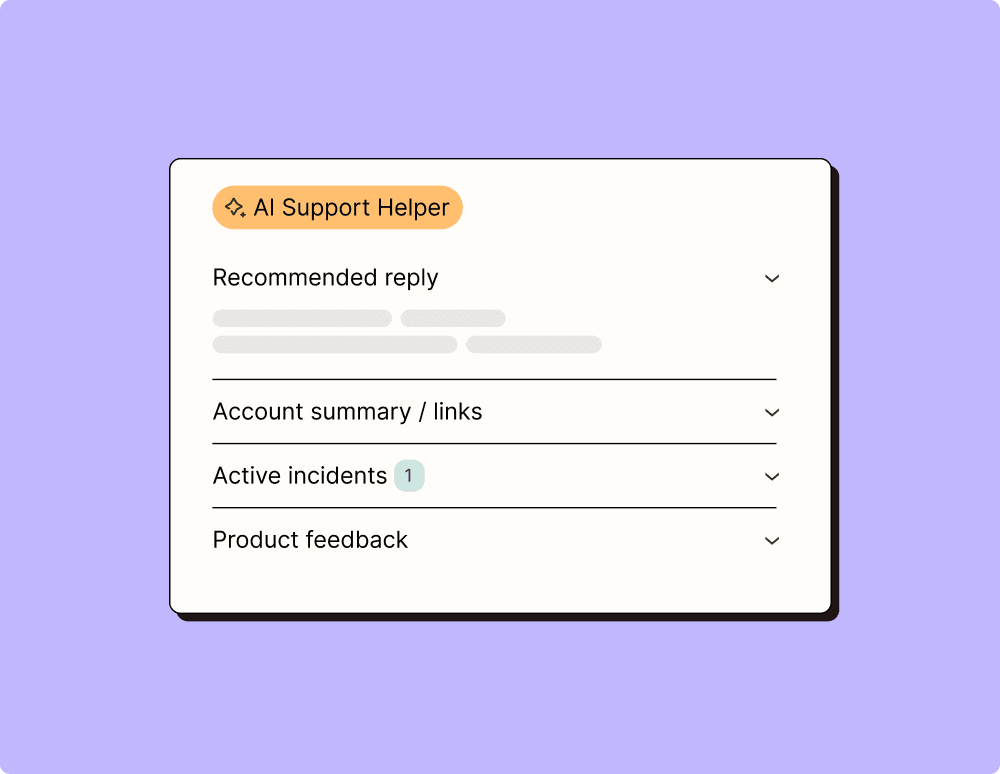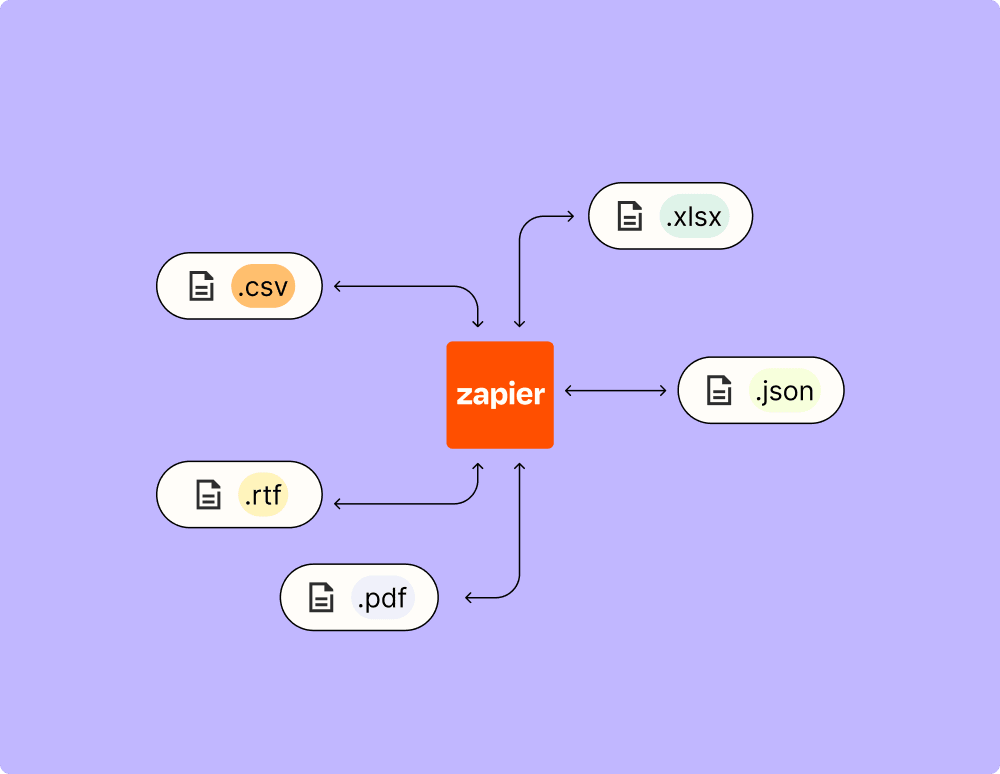Connect Azure DevOps and GitLab to unlock the power of automation
- No credit card required
- Free forever for core features
- 14-day trial for premium features and apps
Set up your first integration
Quickly connect Azure DevOps to GitLab with a Zapier template.
Our most popular template

How Zapier works
Zapier makes it easy to integrate Azure DevOps with GitLab - no code necessary. See how you can get setup in minutes.
Zapier is the automation platform of choice for 87% of Forbes Cloud 100 companies in 2023
93%
Customers who say using Zapier has made them better at their job
25m
Customers have created over 25 million Zaps on the platform
6 mins
The average user takes less than 6 minutes to set up a Zap
Frequently Asked Questions about Azure DevOps + GitLab integrations
New to automation with Zapier? You're not alone. Here are some answers to common questions about how Zapier works with Azure DevOps and GitLab
Can we automatically trigger a GitLab pipeline from an Azure DevOps build?
Yes, you can configure the integration to automatically trigger a GitLab pipeline after a successful Azure DevOps build. This can be achieved by setting up specific triggers using our automation workflows that listen for build completion events in Azure DevOps and then initiate the respective pipeline in GitLab.
Is it possible to sync issues between Azure DevOps and GitLab?
We support syncing issues between Azure DevOps and GitLab. This ensures that when an issue is created or updated in one platform, the corresponding action is reflected in the other system. Automation rules can be set up to handle specific fields and synchronization criteria.
How do we manage user permissions across both platforms during integration?
User permissions need to be managed separately within each platform, as our integration focuses on facilitating workflows rather than governing access controls. You'll need to ensure users have appropriate permissions in both Azure DevOps and GitLab for seamless operations.
What happens if one of the services goes down during a triggered event?
Our system is designed with fallback mechanisms to handle such scenarios. If either Azure DevOps or GitLab encounters downtime during a triggered event, actions are queued and retried once service availability is restored, ensuring continuity without data loss.
Can I restrict actions based on branch names or tags in this integration?
Yes, you can define conditions based on branch names or tags when setting up triggers between Azure DevOps and GitLab. This allows you to restrict actions such as deployments or tests only on specified branches or tagged commits.
Are deployment environments from Azure DevOps supported when integrating with GitLab?
While our integration facilitates many cross-platform actions, deployment environments configured in Azure DevOps remain independent. However, you can create corresponding environments within GitLab and manage transitions using custom scripts or further integrations.
How do we handle updates to YAML files involved in CI/CD processes across both platforms?
For handling YAML files involved in CI/CD processes, ensure that any updates follow the syntax requirements of each platform's pipeline configurations. Changes should be tested locally before committing them across repositories linked between Azure DevOps and GitLab.
Supported triggers and actions
Zapier helps you create workflows that connect your apps to automate repetitive tasks. A trigger is an event that starts a workflow, and an action is an event a Zap performs.
